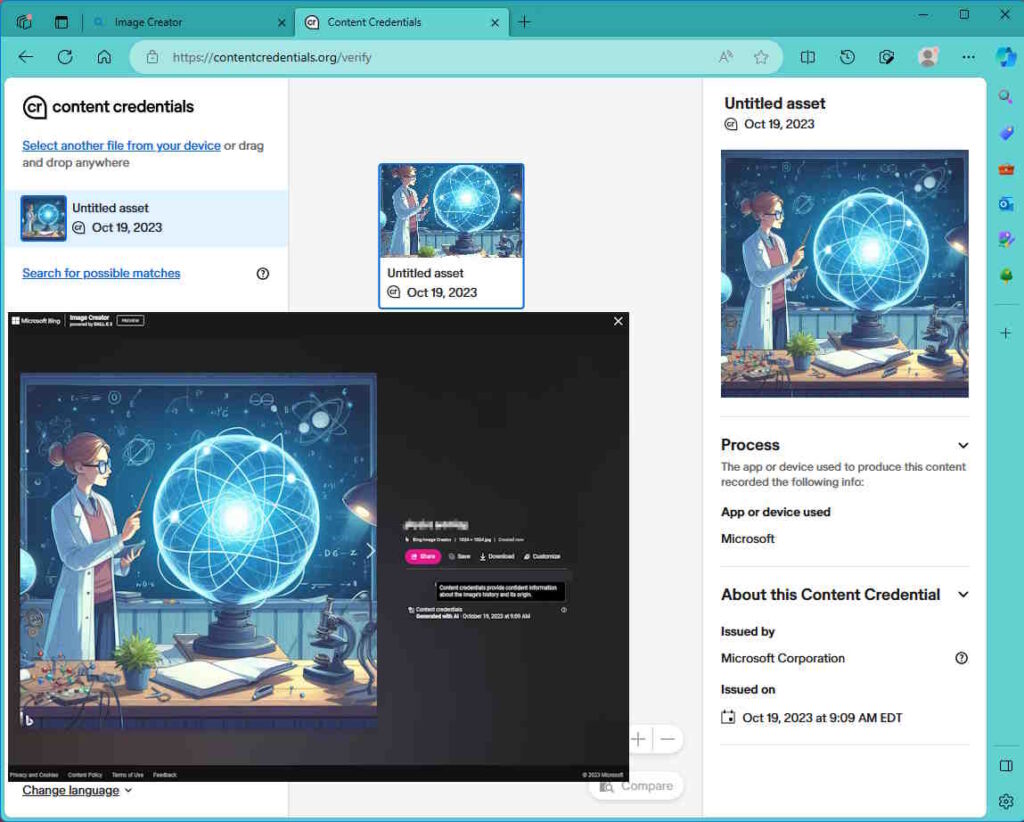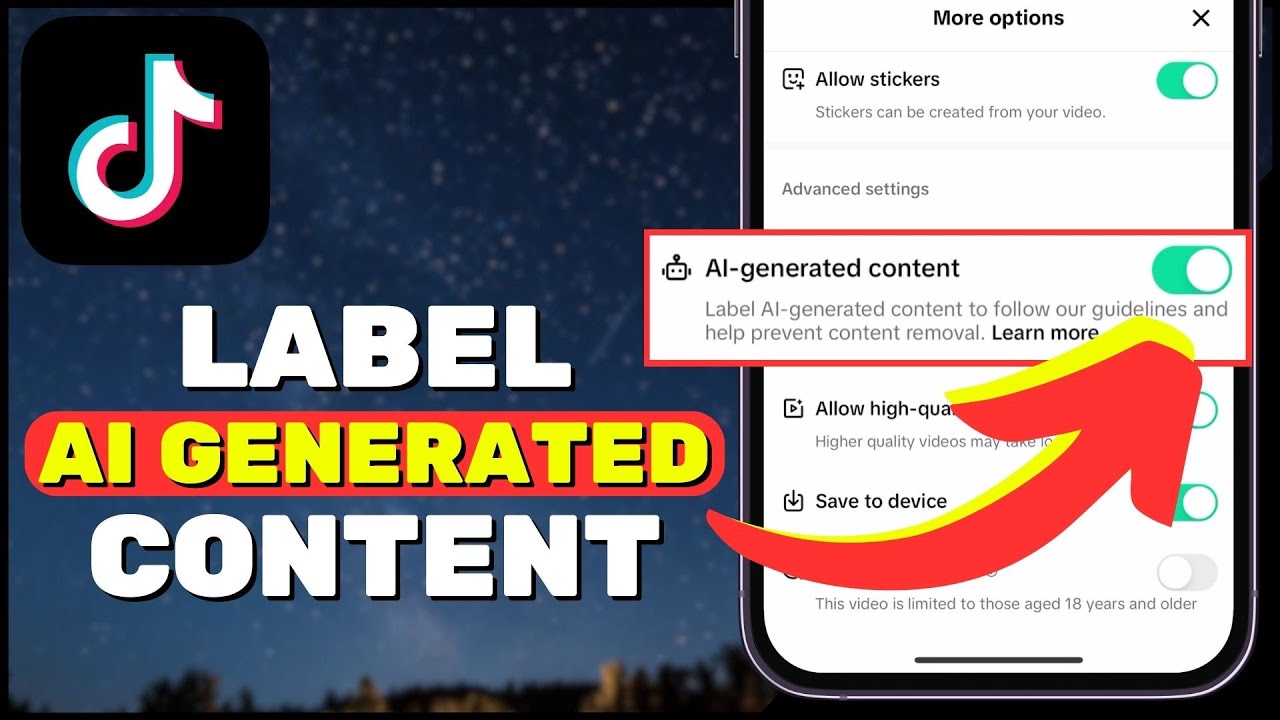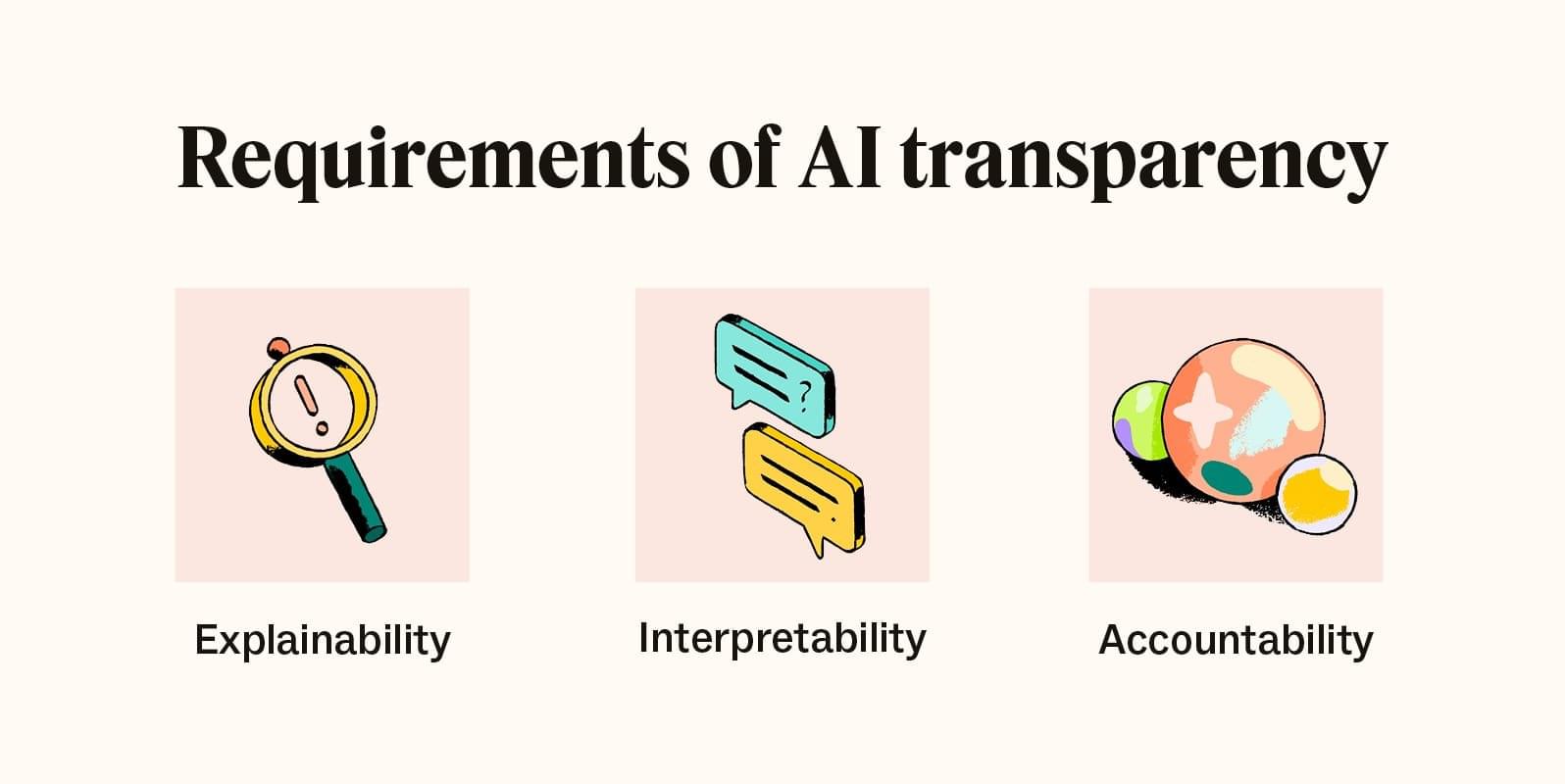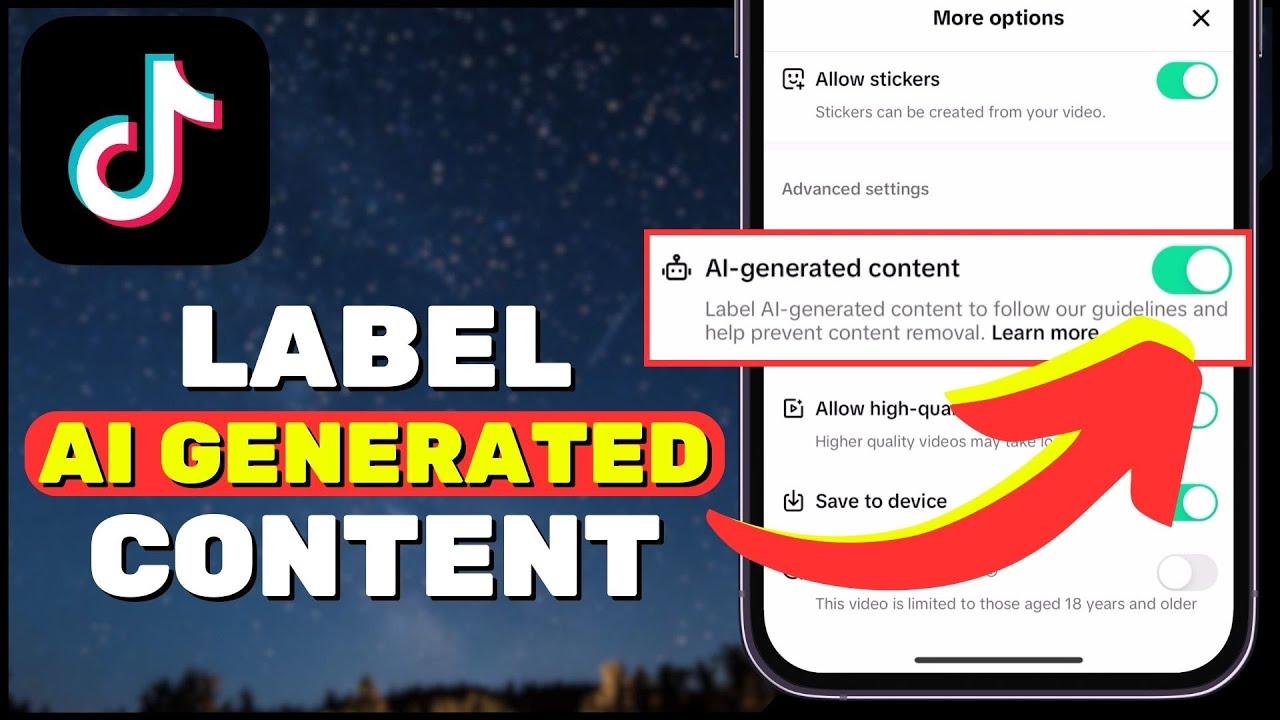
TikTok Takes a Step Towards Transparency with AI-Generated Content Labels
In a move to combat misinformation, TikTok has announced that it will start labeling content created using artificial intelligence (AI) when uploaded from certain platforms. This shift in policy is part of a broader attempt in the technology industry to provide more safeguards for AI usage.
 TikTok’s new labeling system aims to provide transparency for users
TikTok’s new labeling system aims to provide transparency for users
The company stated that AI enables incredible creative opportunities, but can confuse or mislead viewers if they don’t know the content was AI-generated. Labeling helps make that context clear, which is why TikTok has been labeling AI-generated content made with TikTok AI effects and has required creators to label realistic AI-generated content for over a year.
TikTok’s move is part of a larger industry effort to provide more safeguards for AI usage. In February, Meta announced that it was working with industry partners on technical standards that will make it easier to identify images and eventually video and audio generated by AI tools. Google said last year that AI labels are coming to YouTube and its other platforms. A push for digital watermarking and labeling of AI-generated content was also part of an executive order signed by U.S. President Joe Biden in October.
 Industry partners are working together to provide more safeguards for AI usage
Industry partners are working together to provide more safeguards for AI usage
TikTok is teaming up with the Coalition for Content Provenance and Authenticity and will use their Content Credentials technology. The company said that the technology can attach metadata to content, which it can use to instantly recognize and label AI-generated content. TikTok began deploying the technology on images and videos and will be coming to audio-only content soon.
 Content Credentials technology attaches metadata to content for instant recognition
Content Credentials technology attaches metadata to content for instant recognition
In coming months, Content Credentials will be attached to submissions made on TikTok, which will remain on the content when downloaded. This will help identify AI-generated material that’s made on TikTok and help people learn when, where, and how the content was made or edited. Other platforms that adopt Content Credentials will be able to automatically label it.
 TikTok’s new labeling system will help identify AI-generated content
TikTok’s new labeling system will help identify AI-generated content
Claire Leibowicz, head of the AI and Media Integrity Program at the Partnership on AI, said that using Content Credentials as a way to identify and convey synthetic media to audiences directly is a meaningful step towards AI transparency. However, she emphasized the need to better understand how users react to these labels and hopes that TikTok reports on the response so that we may better understand how the public navigates an increasingly AI-augmented world.
 TikTok’s move towards AI transparency is a step in the right direction
TikTok’s move towards AI transparency is a step in the right direction
TikTok said it’s the first video-sharing platform to put the credentials into practice and will join the Adobe-led Content Authenticity Initiative to help push the adoption of the credentials within the industry.
 TikTok joins the Content Authenticity Initiative to promote industry-wide adoption
TikTok joins the Content Authenticity Initiative to promote industry-wide adoption
Adam Presser, TikTok’s Head of Operations & Trust and Safety, told ABC News that their users and creators are excited about AI and what it can do for their creativity and ability to connect with audiences. However, they want to make sure that people have the ability to understand what’s fact and what’s fiction.
 TikTok’s move towards AI transparency is a step towards a more informed public
TikTok’s move towards AI transparency is a step towards a more informed public
TikTok’s shift towards AI transparency is a step in the right direction. As AI-generated content becomes more prevalent, it’s essential to provide users with the context they need to make informed decisions. By labeling AI-generated content, TikTok is taking a crucial step towards a more transparent and trustworthy online environment.














